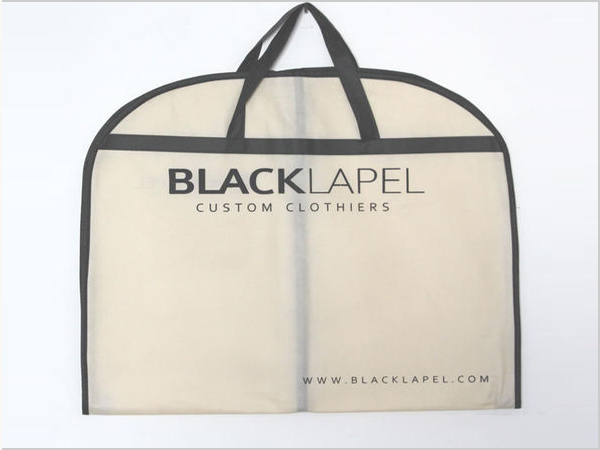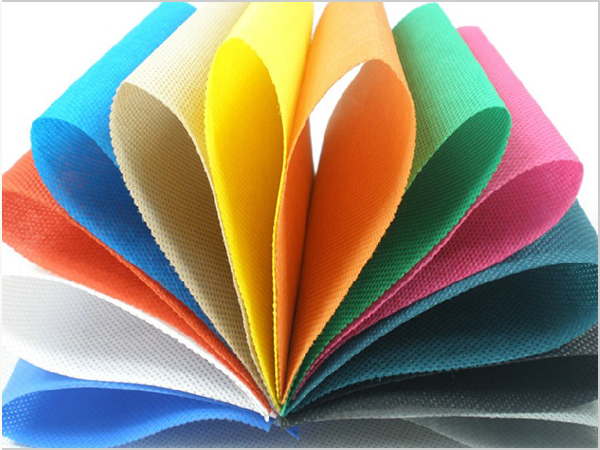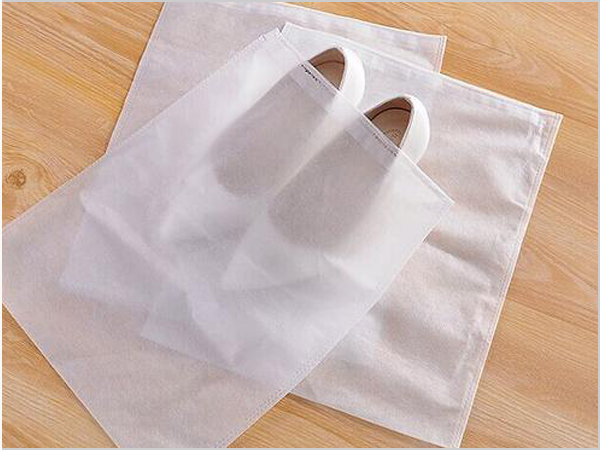- Xiangshuo has stood out in the field of spunbond nonwoven fabrics!
- How should enterprises respond to the impact of repeated tariffs
- PP non-woven fabric is a new type of environmental protection material!
- Under the tariff challenge, the textile and garment industry has a new opportunity
- Spunbonded non-woven fabric is an efficient, multi-functional modern material!

- Telephone: 0551- 66779966
- Cellphone: 18955130444
- Email: 58792982@qq.com
- Address: Building 1-2, East of Wubu Village Section, Hehuai Road, Wushan Town, Changfeng County, Hefei City, Anhui Province
What are the specific applications of spunbonded non-woven fabrics:
1, spunbonded non-woven fabric can be widely used in shopping bags, gift bags, handbags, information bags, carpet and base cloth, wall materials, furniture decoration, dust cloth, spring wrap cloth, isolation cloth, audio cloth, bedding and curtains, rags and other household necessities industry.
2, spunbonded non-woven fabric can be widely used in clinical supplies, surgical gowns, hats, shoe covers, bandages, wet towels, cotton balls, masks, germicide cloth, sanitary napkins, diapers, vacuum bags, travel underwear, incontinence products, dry and wet rags, cosmetic paper, sanitary materials and other medical and health industries.
3, can be widely used in automotive carpet, roof, door decoration, composite materials, seat materials, wall materials and so on.
4, can be widely used in thermal insulation cover, frost prevention, insect prevention, lawn protection, plant mulch, seedling fabric, soilless cultivation, artificial vegetation and other agricultural horticultural industry.
5, spunbonded non-woven fabric can be widely used in coating cloth, polishing material, wiping cloth, aseptic clothing, grinding products, cable cloth, battery separator, adhesive cloth, protective clothing, laboratory clothing, flame retardant cloth, conveyor belt, disposable felt, paper felt, sound absorption felt and other industrial fields.
What is spunbonded non-woven fabric? Its main materials are polyester and polypropylene, high strength, high temperature resistance. After the polymer is extruded and stretched to form a continuous filament, the filament is laid into a net, and the fiber net is then bonded by itself, thermal bonding, chemical bonding or mechanical reinforcement, so that the fiber net becomes a non-woven fabric.
Medical and health products mainly use polypropylene spunbonded non-woven fabrics, which are mostly polypropylene spunbonded non-woven fabrics. Polypropylene spunbonded non-woven fabric has the advantages of good high temperature resistance, good high temperature resistance (polypropylene can be used in the environment of 150℃ for a long time, polyester can be used in the environment of 260℃ for a long time), aging resistance, ultraviolet resistance, high elongation, good stability and air permeability, corrosion resistance, sound insulation, mothproof, non-toxic and so on. China has 20 million newborns every year, the diaper market is also very huge, at the same time, hospital operating rooms and wards for disposable surgical clothing, bedding and so on have a huge space.
- Xiangshuo has stood out in the field of spunbond nonwoven fabrics!
- How should enterprises respond to the impact of repeated tariffs
- PP non-woven fabric is a new type of environmental protection material!
- Under the tariff challenge, the textile and garment industry has a new opportunity
- Spunbonded non-woven fabric is an efficient, multi-functional modern material!
- By the wind of gold, silver and silver, Keqiao Textile set sail
- PP non-woven fabrics occupy an important position in many fields!
- Textile industry is tested How should textile people cope with such challenges?
- What is the production process of spunbonded nonwovens?
- How to achieve revenue growth driven by policy dividend and technological revolution?



